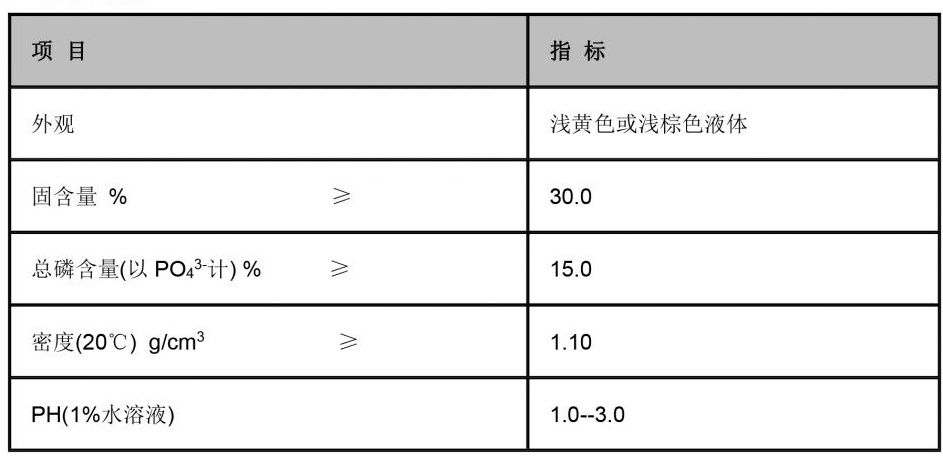poly aluminum chloride sds
Understanding Poly Aluminum Chloride A Safety Data Sheet Overview
Poly Aluminum Chloride (PAC) is a widely used coagulant in water treatment processes, known for its efficiency in removing impurities and improving water clarity. This article aims to provide an overview of its properties, uses, and critical safety information derived from its Safety Data Sheet (SDS).
Chemical Composition and Properties
Poly Aluminum Chloride is a group of chemical compounds, characterized by their polymeric structure. It is usually produced by the reaction of aluminum hydroxide with hydrochloric acid, resulting in a product that contains varying amounts of aluminum and chlorine. The typical appearance of PAC is a white to yellowish powder or solid that is soluble in water, forming a solution with varying pH levels.
The chemical formula can be complex due to its polymeric nature, but it generally falls within the range of Aln(OH)mCl(3n-m), where n represents the aluminum polymer unit's degree of polymerization. This composition makes PAC effective in a range of applications, particularly in environmental and industrial fields.
Applications
PAC is primarily used in water treatment facilities, where it serves as a coagulant to facilitate the removal of suspended solids, colloids, and other contaminants. Its applications extend beyond municipal water treatment to include
1. Drinking Water Treatment PAC is utilized to purify drinking water by coagulating particles and pathogens, making it safe for consumption. 2. Wastewater Treatment It helps municipalities and industries in treating and reducing waste before discharge into the environment. 3. Paper Manufacturing In the paper industry, PAC acts as a retention aid and improves the quality of the final product. 4. Food and Beverage Industry It is sometimes employed in processing to aid in the clarification of juices and other beverages.
poly aluminum chloride sds

Safety Considerations
When handling Poly Aluminum Chloride, it is essential to consider its safety aspects to mitigate risks associated with exposure. The SDS outlines important information such as
1. Hazard Identification PAC is generally considered non-toxic when used as intended. However, it can cause irritation to the skin, eyes, and respiratory system. It is classified as an irritant, and exposure should be minimized. 2. First Aid Measures In case of exposure, immediate first aid steps include rinsing eyes or skin with plenty of water and seeking medical attention if irritation persists.
3. Protective Measures Personal protective equipment (PPE) such as gloves, goggles, and dust masks should be worn when handling PAC to prevent skin or respiratory irritation.
4. Storage and Disposal PAC should be stored in a cool, dry place, away from incompatible substances. Disposal must follow local regulations, ensuring environmental protection.
Conclusion
Poly Aluminum Chloride is a valuable chemical compound with significant roles in various industrial applications, especially in water treatment. Understanding its properties, applications, and safety considerations is crucial for those involved in handling this substance. Adhering to the guidelines provided in its Safety Data Sheet ensures a safe working environment while maximizing the benefits of PAC in purification and treatment processes. Always prioritize safety, and consult the SDS for comprehensive handling practices.
-
Water Treatment with Flocculant Water TreatmentNewsJun.12,2025
-
Polymaleic AnhydrideNewsJun.12,2025
-
Polyaspartic AcidNewsJun.12,2025
-
Enhance Industrial Processes with IsothiazolinonesNewsJun.12,2025
-
Enhance Industrial Processes with PBTCA SolutionsNewsJun.12,2025
-
Dodecyldimethylbenzylammonium Chloride SolutionsNewsJun.12,2025





